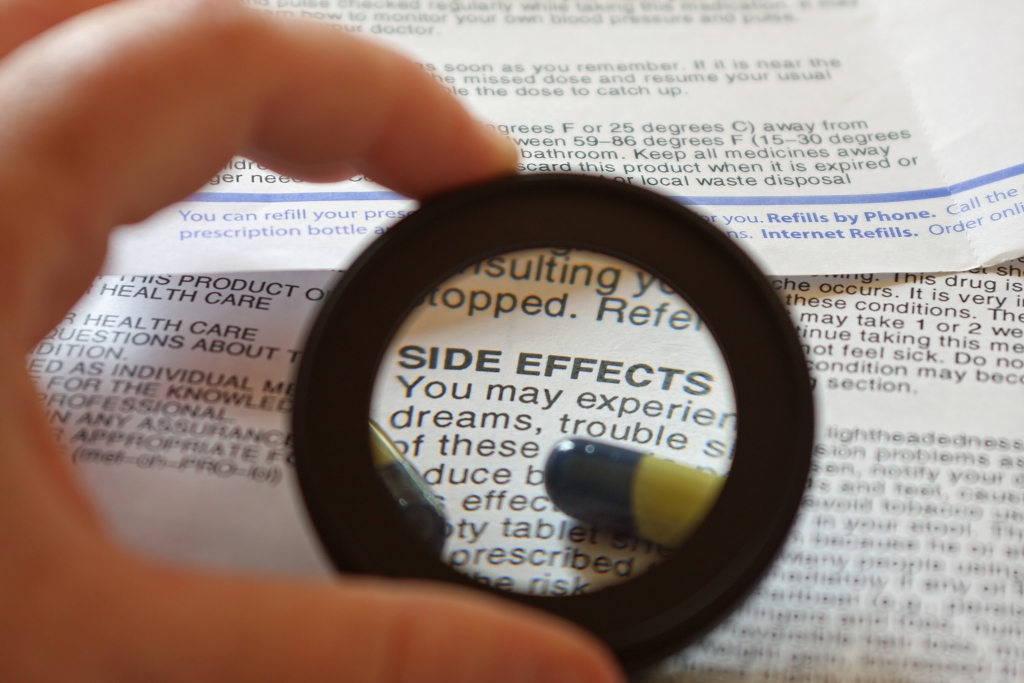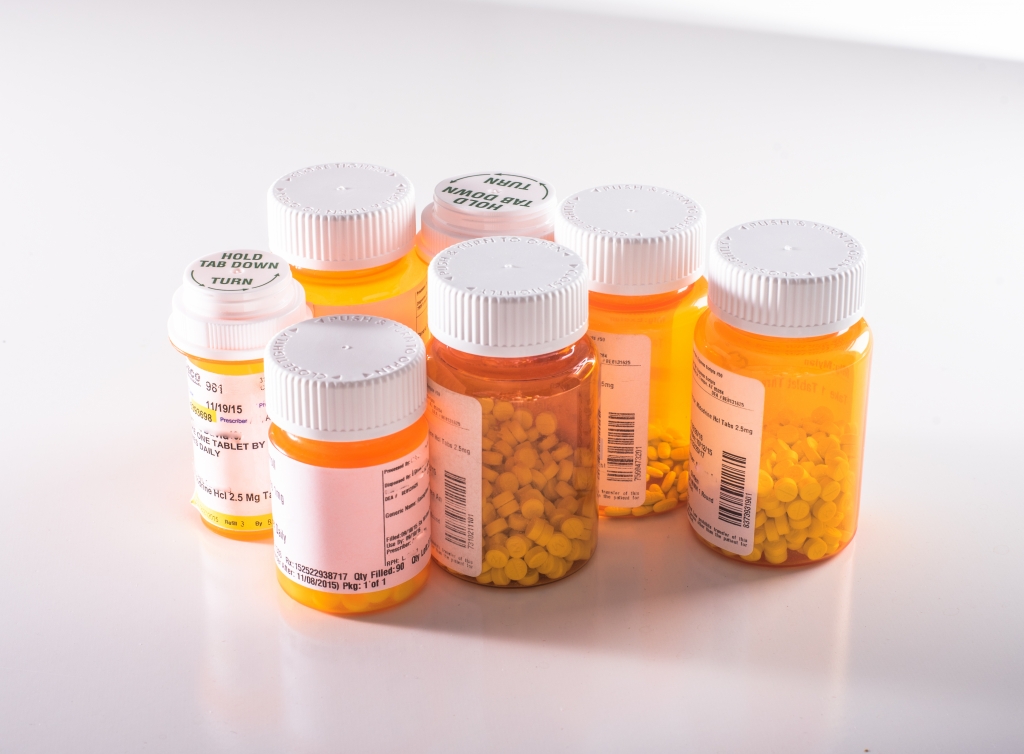What is a Suboxone® Treatment?
Suboxone® (buprenorphine and naloxone) Sublingual Film is a prescription medicine used to treat adults who are addicted to or dependent on opioid drugs, either prescription or illegal, as part of a complete treatment program that also includes counseling and behavioral therapy.

Important information
Suboxone® treatment can slow or stop your breathing, and may be habit-forming even at regular doses. MISUSE OF THIS MEDICINE CAN CAUSE ADDICTION, OVERDOSE, OR DEATH, especially in a child or other person using the medicine without a prescription.
Taking Suboxone® during pregnancy may cause life-threatening withdrawal symptoms in the newborn.
Fatal side effects can occur if you use Suboxone® with alcohol, or with other drugs that cause drowsiness or slow your breathing.
Before taking this medicine
A patient should not use the Suboxone® treatment if the patient is allergic to buprenorphine or naloxone (Narcan).
To make sure the Suboxone® treatment is safe, the patient needs to inform the provider if he/she has ever had:

Some medicines can interact with buprenorphine and naloxone and cause a serious condition called serotonin syndrome. Be sure the provider knows if you also take medicine for depression, mental illness, Parkinson’s disease, migraine headaches, serious infections, or prevention of nausea and vomiting. Ask the provider before making any changes in how or when you take your medications.
If a patient uses Suboxone® while she is pregnant, the baby could become dependent on the drug. This can cause life-threatening withdrawal symptoms in the baby after it is born. Babies born dependent on habit-forming medicine may need medical treatment for several weeks. A patient needs to tell their provider if they are undergoing a pregnancy.
Buprenorphine and naloxone can pass into breast milk and may cause drowsiness or breathing problems in the nursing baby. Tell the provider as a patient if you are breast-feeding.
How should I take Suboxone® ?
Use the Suboxone® treatment exactly as directed by the provider. Follow all directions on the prescription label. This medicine can slow or stop a patient’s breathing. The provider may occasionally change the dose. Never use Suboxone® in larger amounts, or for longer than prescribed.
This medicine may be habit-forming. Never share this medicine with another person, especially someone with a history of drug abuse or addiction. MISUSE OF NARCOTIC MEDICINE CAN CAUSE ADDICTION, OVERDOSE, OR DEATH, especially in a child or other person using the medicine without a prescription. Selling or giving away Suboxone® is against the law.
Read all patient information, medication guides, and instruction sheets provided from the provider. Ask the provider or pharmacist if you have any questions.
Use dry hands when handling a Suboxone® sublingual tablet or film. Drink a glass of water to moisten mouth. Place the sublingual tablet or sublingual film under the tongue and allow it to dissolve. Place the buccal film in the mouth against the inside of the cheek and allow it to dissolve. Do not chew or cut a tablet or film, and do not swallow it whole.
If you switch between medicines containing buprenorphine, you may not use the same dose for each one. Follow all directions carefully.
Do not stop using the Suboxone® treatment suddenly, or the patient could have unpleasant withdrawal symptoms. Ask the provider how to safely stop using this medicine.
A patient will need frequent blood tests to check his/her liver function.
Wear a medical alert tag or carry an ID card stating that you take this medicine. Any medical care provider who treats you should know that you are being treated for narcotic addiction. Make sure your family members know you are using this medicine in case they need to speak for you during an emergency.
Never crush or break a Suboxone® tablet to inhale the powder or mix it into a liquid to inject the drug into your vein. This practice has resulted in death.
Store at room temperature away from moisture and heat. Keep this medicine in the foil pouch until ready to use. Discard the empty pouch in a place children and pets cannot get to.
Keep track of the amount of medicine used from each new bottle. Buprenorphine is a drug of abuse and you should be aware if anyone is using your medicine improperly or without a prescription.
Do not keep unused Suboxone® that is no longer needed. Ask your pharmacist where to locate a drug take-back disposal program. If there is no take-back program, flush any unused medicine down the toilet.
What happens if I miss a dose?
A patient needs to take the missed dose as soon as he or she remembers. Skip the missed dose if it is almost time for the next scheduled dose. Do not take extra medicine to make up the missed dose.
What should I avoid while taking Suboxone® ?
Do not drink alcohol. Dangerous side effects or death could occur.
The Suboxone® treatment may impair a patient’s thinking or reactions. Avoid driving or operating machinery until the patient knows how the medicine will affect him or her. Dizziness or severe drowsiness can cause falls or other accidents.
What happens if I overdose?
Seek emergency medical attention or call the Poison Help line at 1-800-222-1222. A Suboxone® overdose can be fatal, especially in a child or other person using the medicine without a prescription.
Overdose symptoms may include severe drowsiness, fainting, and slow breathing (breathing may stop).

Suboxone® Treatment Side Effects
Get emergency medical help if you have signs of an allergic reaction to Suboxone® : hives; difficult breathing; swelling of your face, lips, tongue, or throat.
Like other narcotic medicines, the Suboxone® treatment can slow a patient’s breathing. Death may occur if breathing becomes too weak.

Call the provider or seek emergency medical attention if he/she has:
- weak or shallow breathing, feeling like the patient might pass out;
- confusion, loss of coordination, extreme weakness;
- blurred vision, slurred speech;
- adrenal gland problems – nausea, vomiting, loss of appetite, dizziness, feeling weak or tired;
- liver problems – nausea, upper stomach pain, loss of appetite, dark urine, clay-colored stools, jaundice (yellowing of the skin or eyes); or
- withdrawal symptoms – diarrhea, vomiting, shaking or shivering, runny nose, watery eyes, muscle pain, and feeling very hot or cold.
Seek medical attention right away if you have symptoms of serotonin syndrome, such as: agitation, hallucinations, fever, sweating, shivering, fast heart rate, muscle stiffness, twitching, loss of coordination, nausea, vomiting, or diarrhea.
Long-term use of opioid medication may affect fertility (ability to have children) in men or women. It is not known whether opioid effects on fertility are permanent.
Common Suboxone® treatment side effects may include:
- dizziness, drowsiness, blurred vision, feeling drunk;
- tongue pain, redness or numbness inside your mouth;
- constipation, mild nausea, vomiting;
- headache, back pain, swelling in your hands or feet;
- fast or pounding heartbeats, increased sweating; or
- increased sweating; or
- sleep problems (insomnia).
This is not a complete list of side effects and others may occur. Contact the provider for medical advice about side effects. A patient may report side effects to FDA at 1-800-FDA-1088.
What other drugs will affect Suboxone®?
Buprenorphine and naloxone can interact with many other drugs and cause dangerous side effects or death. Be sure the provider knows if a patient also uses:
- other narcotic medications – opioid pain medicine or prescription cough medicine;
- drugs that make you sleepy or slow your breathing – a sleeping pill, muscle relaxer, sedative, tranquilizer, or antipsychotic medicine; or
- drugs that affect serotonin levels in your body – medicine for depression, Parkinson’s disease, migraine headaches, serious infections, or prevention of nausea and vomiting.

This list is not complete and many other drugs can interact with buprenorphine and naloxone. This includes prescription and over-the-counter medicines, vitamins, and herbal products. Not all possible interactions are listed in this medication guide. Tell the provider about all medicines you use, and those you start or stop using. Give a list of all medicines to any healthcare provider who treats you.
